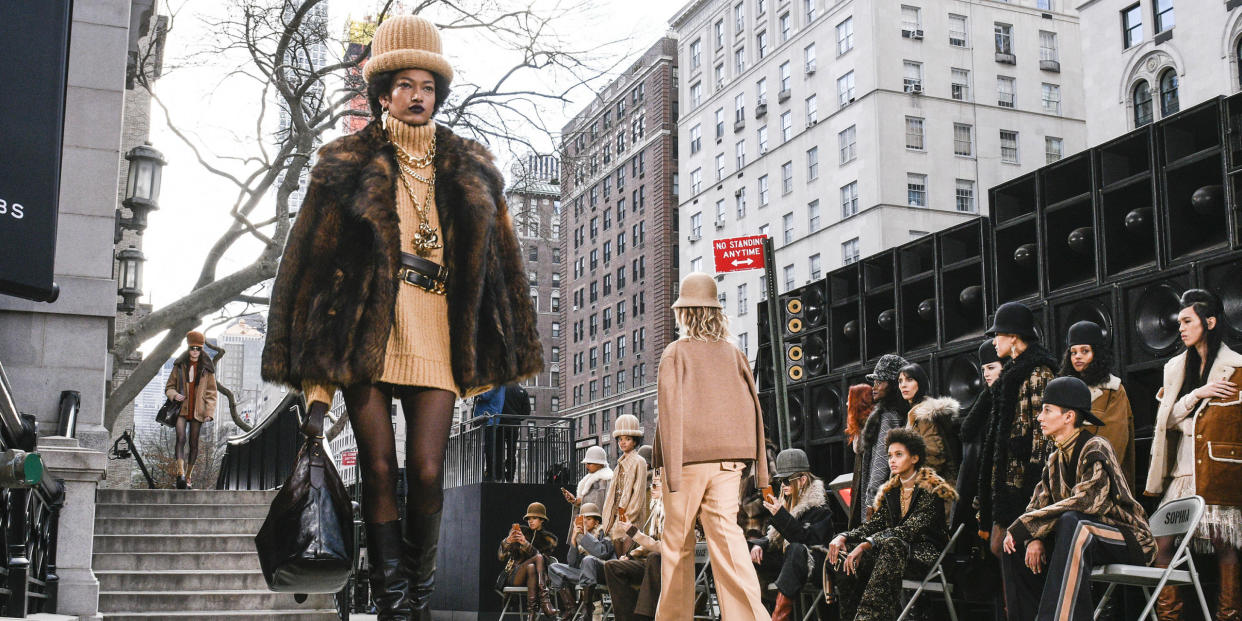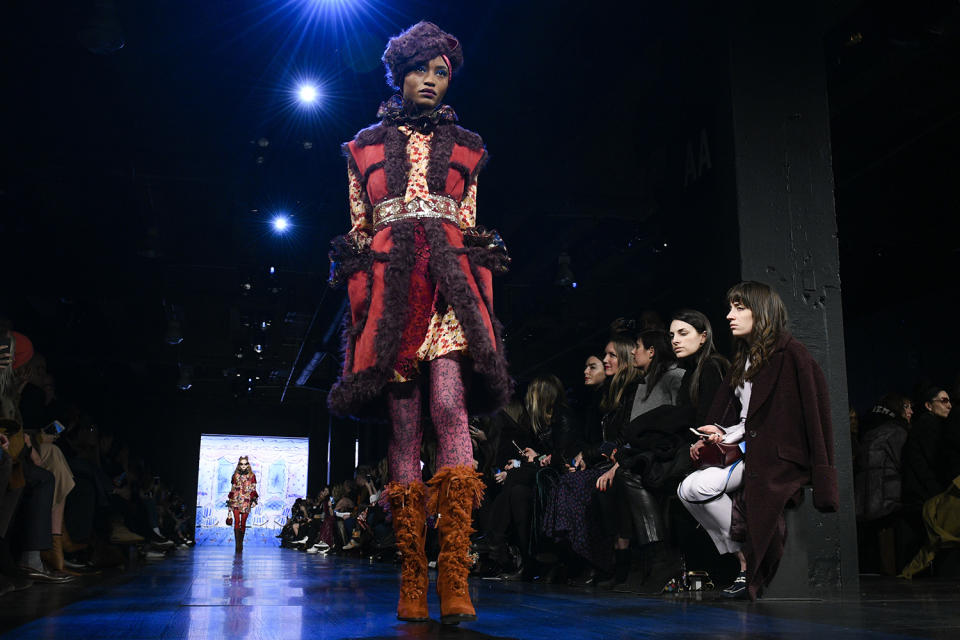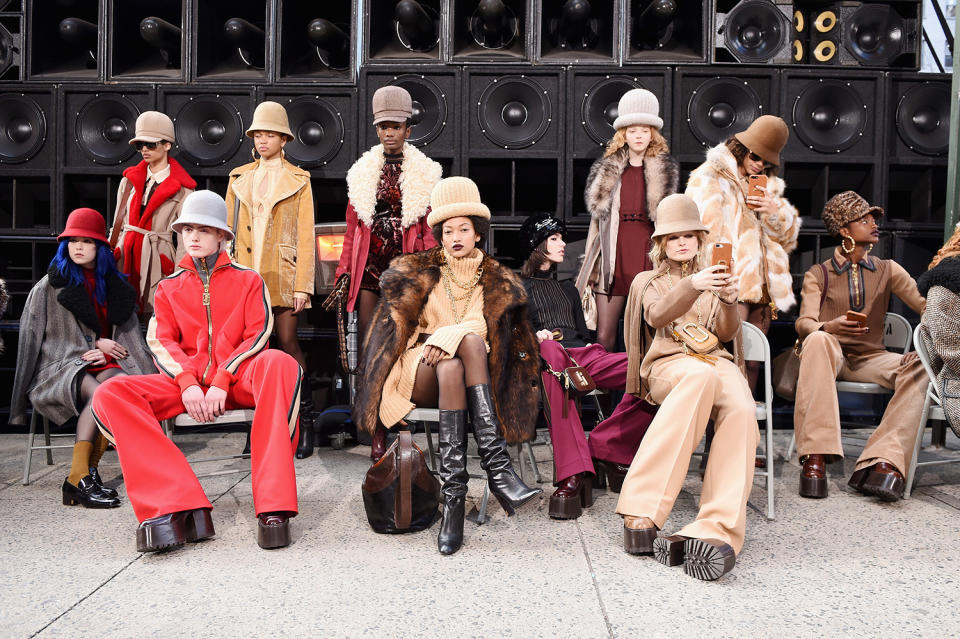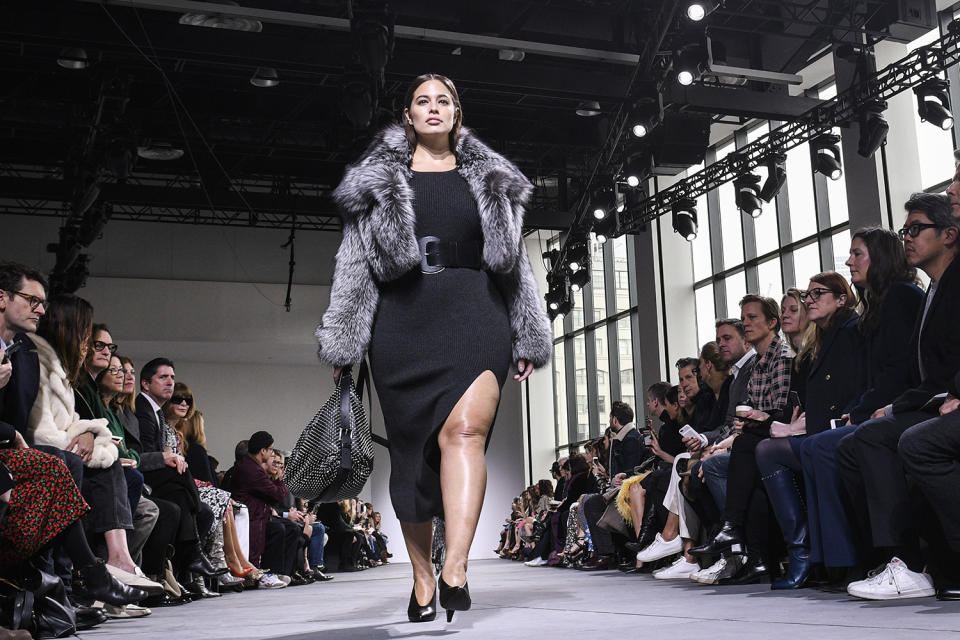This NYFW Marked the First Time Every Runway Had at Least One Model of Color

While the shows at NYFW have steadily become more diverse over the past few seasons, this fashion week marked a new milestone: for the first time, every New York runway included at least one model of color.
According to The Fashion Spot's semi-annual diversity report, 31.5 percent of models were non-white, within the 2,700 model appearances and 116 fashion shows analyzed. Although it was only the second-most diverse season at NYFW (Fall 2016 saw a slightly higher 31.9 percent), it was the first time a non-white model walked on every runway considered for the study.

This also marked the first time six out of the 10 most-booked models were women of color. The list includes Alicia Burke, Mayowa Nicholas and Chong He, who each walked in 13 different shows. (The models with the most appearances walked in 14 shows.)
The most diverse runways were at Gypsy Sport (87 percent of the models were of color), Chromat (77 percent), Kimora Lee Simmons (75 percent), Yeezy (74 percent) and Marc Jacobs (66 percent). Meanwhile, the least diverse were at Chocheng (6 percent of models were of color), A Detacher (7 percent), The Row (13 percent), Jill Stuart (13 percent), Zang Toi (13 percent) and Marchesa (15 percent).

This was also a great NYFW for plus-size models, who had "their most visible season yet" with 26 appearances on 9 different runways. That's a major step up from the 16 appearances counted last season and the four tallied during Fall 2016.
Such women were seen on catwalks from Tome to Christian Siriano. Even Michael Kors, who previously did not cast curvy models, broke that precedent when Ashley Graham became the first plus-size model to walk his show. Despite the huge improvement, plus-size women only made up 1 percent of the total castings this NYFW.

Diversity on the runways included sexuality and age too, although the numbers weren't impressively high. Only eight models (0.3 percent) were transgender and six (0.2 percent) were aged over 50.
"We're still seeing tokenism and we're not yet seeing widespread acceptance of models across categories-models of various sizes, ages, races and gender identities," Sara Ziff of The Model Alliance told The Fashion Spot.
While the increase of diversity at NYFW is promising, Ziff best summed up the disappointment over the shortfalls: "In this day and age – between the media coverage calling out the industry's blind spots, and the calls for health and diversity from industry groups, especially at this moment in our country politically – we'd hoped to see more widespread, dramatic change."
You Might Also Like

